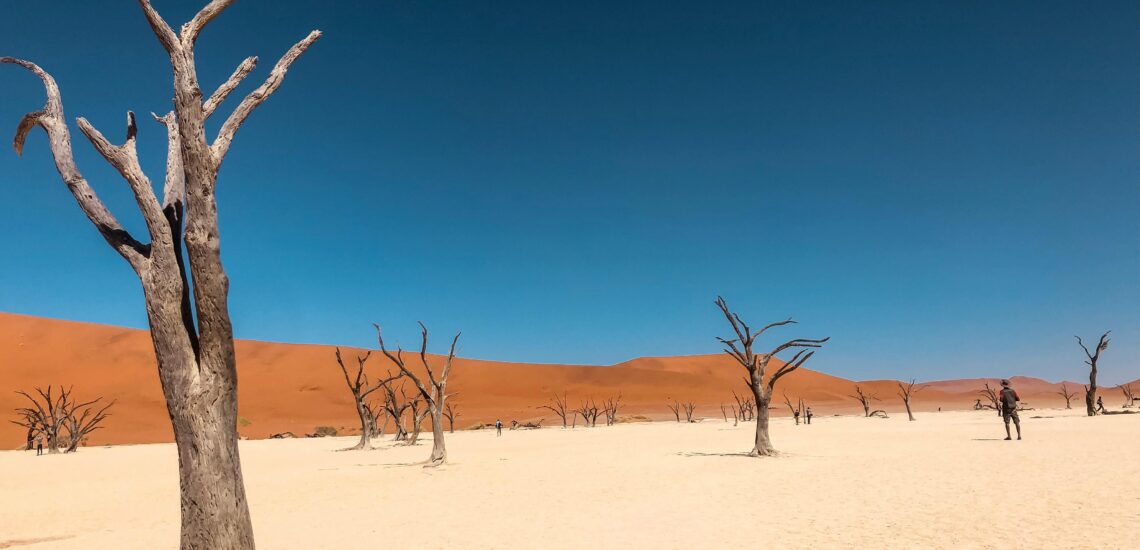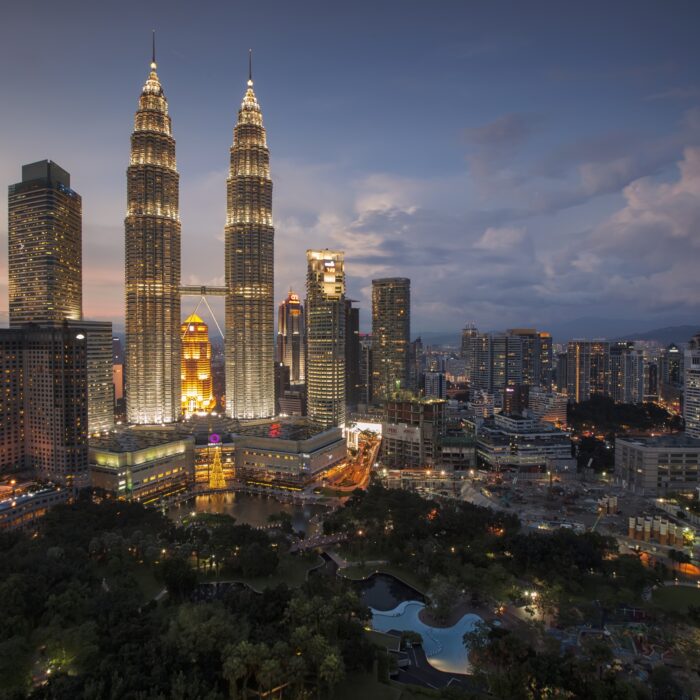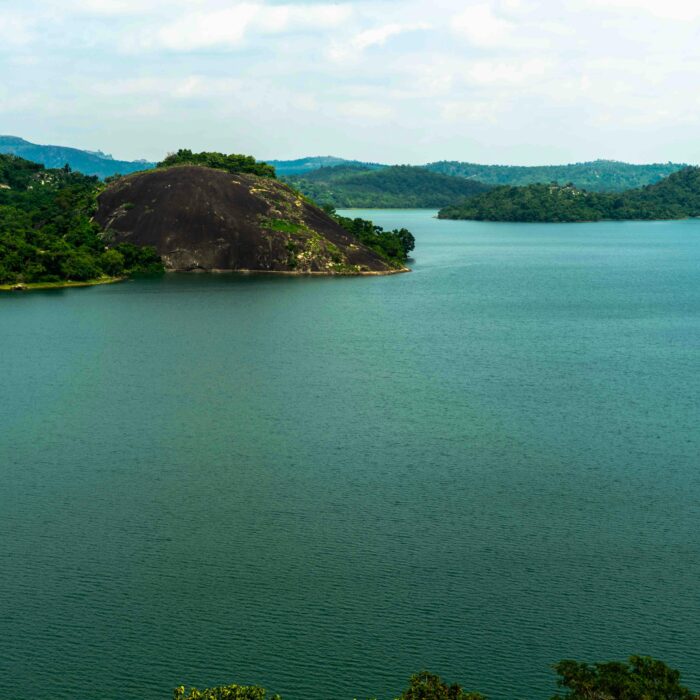Quick facts about Namibia:
- Population: Approximately 2.5 million people.
- Capital: Windhoek.
- Official Language: English.
- Other Languages: Afrikaans, German, and various indigenous languages such as Oshiwambo and Nama.
- Currency: Namibian Dollar (NAD), which is pegged to the South African Rand (ZAR).
- Government: Unitary parliamentary republic.
- Major Religion: Christianity (predominantly Protestant), with indigenous beliefs also practiced.
- Geography: Located in southwestern Africa, bordered by Angola to the north, Zambia to the northeast, Botswana to the east, South Africa to the south, and the Atlantic Ocean to the west. Namibia is known for its diverse landscapes, including deserts, savannas, and rugged mountains.
Fact 1: Namibia has the second largest canyon in the world
Namibia is home to the Fish River Canyon, which is considered the second largest canyon in the world, surpassed only by the Grand Canyon in the United States. The Fish River Canyon stretches approximately 160 kilometers (100 miles) long, up to 27 kilometers (17 miles) wide, and reaches depths of about 550 meters (1,800 feet).
The canyon was formed around 500 million years ago, likely through a combination of geological processes including erosion and tectonic activity. Today, it is a popular destination for tourists and adventure seekers, offering stunning views, hiking opportunities, and the chance to witness diverse wildlife in the surrounding area.
Note: If you are planning to travel around the country on your own, check if you need an International Driving Permit in Namibia to rent and drive a car.

Fact 2: Namibia has one of the lowest population densities in the world
Namibia has one of the lowest population densities in the world, with approximately three people per square kilometer (about eight people per square mile). This low density is largely due to its vast land area of about 824,292 square kilometers (318,261 square miles) and a population of around 2.5 million people.
The country’s geography plays a significant role in its population distribution. Much of Namibia is characterized by arid and semi-arid landscapes, including the Namib Desert and the Kalahari Desert, which limits habitable land. Most of the population is concentrated in the northern regions and in urban areas like Windhoek, the capital.
Fact 3: Namibia has the tallest dunes and the oldest desert
Namibia is home to some of the tallest sand dunes in the world, particularly in the Sossusvlei area of the Namib Desert. These towering dunes, some reaching heights of over 300 meters (about 1,000 feet), are known for their striking reddish-orange color, which is the result of iron oxide on the sand. The Namib Desert itself is considered one of the oldest deserts in the world, estimated to be around 55 million years old, making it a unique geological and ecological treasure.
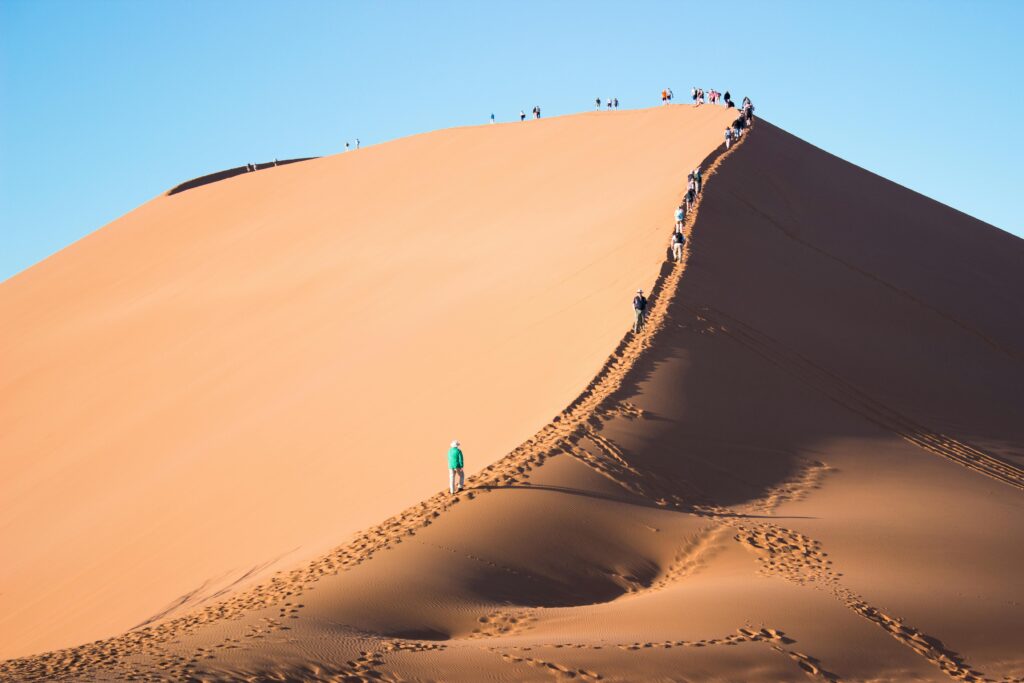
Fact 4: Namibia has the largest cheetah population in the world
Namibia is home to the largest population of cheetahs in the world, with estimates suggesting that around 2,500 to 3,000 of these iconic big cats live in the country. This significant population is primarily found in the northern and central regions, particularly on commercial farmland and in conservation areas.
Namibia’s commitment to wildlife conservation, combined with its unique landscape that includes open savannahs and arid areas, provides an ideal habitat for cheetahs. The country has implemented innovative conservation strategies, such as community-based wildlife management, which involve local farmers and communities in protecting these animals while allowing them to coexist with livestock.
Fact 5: Namibia is a great place for stargazing
The vast, open landscapes, combined with a dry climate, create ideal conditions for astronomical observation. Locations like the Namib Desert and the areas around Sossusvlei and the Fish River Canyon offer spectacular views of the night sky, where visitors can see thousands of stars, constellations, and even the Milky Way in vivid detail. The country’s remote nature means that it is often free from urban light interference, enhancing the visibility of celestial phenomena.
Namibia also hosts several stargazing tours and lodges that provide telescopes and knowledgeable guides, allowing visitors to learn about astronomy while enjoying the breathtaking night sky.
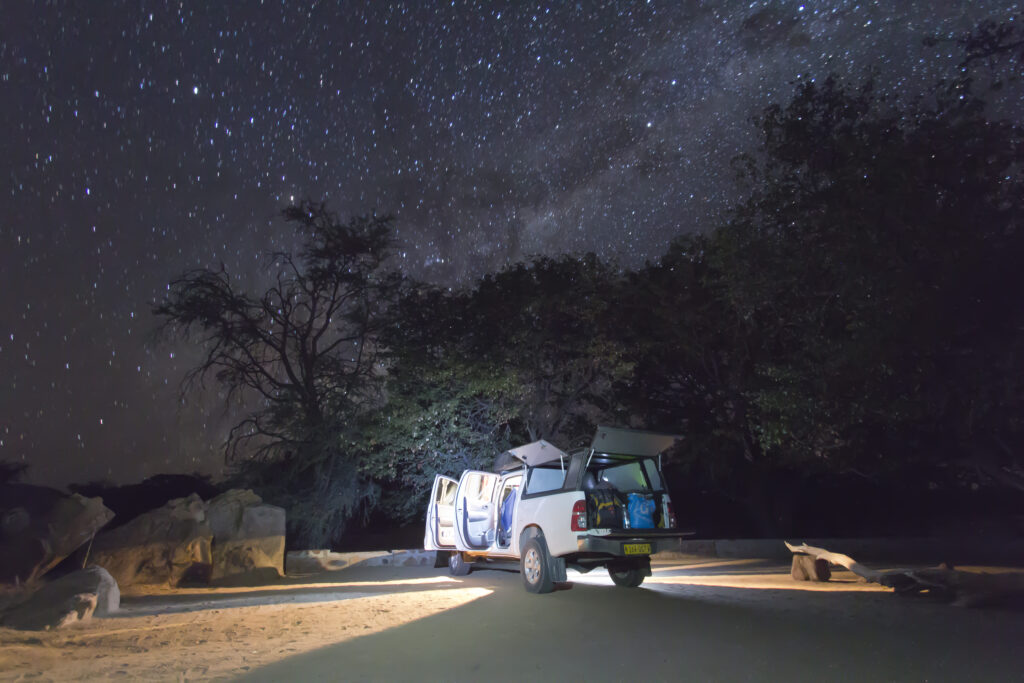
Fact 6: Because of its isolation, Namibia has many plant endemics
Namibia’s geographic isolation and diverse ecosystems contribute to a high level of plant endemism, with many species found nowhere else in the world. The country’s varied landscapes, including deserts, savannahs, and mountains, create distinct habitats that support unique flora.
The Namib Desert, in particular, is home to several endemic plant species adapted to its harsh conditions, such as the Welwitschia mirabilis, a remarkable plant that can live for over a thousand years and is known for its two long, strap-like leaves. Additionally, the succulent plants of the region, like the Hoodia and various species of aloes, have also evolved specific adaptations to survive in arid environments.
Fact 7: Namibia has a “Skeleton Coast” of ships
Namibia is famous for its “Skeleton Coast,” a stretch of coastline that earned its name from the numerous shipwrecks that have occurred there over the years. The harsh Atlantic Ocean conditions, combined with dense fog and treacherous currents, have led to the sinking of many vessels, leaving behind eerie remnants of their hulls along the shore.
The Skeleton Coast is characterized by its rugged beauty, with stark contrasts between the sand dunes and the ocean. Among the most notable shipwrecks is the Eduard Bohlen, a German cargo ship that ran aground in 1909, now partially buried in the sand. These shipwrecks, alongside the haunting landscape, create a unique atmosphere that attracts adventurers, photographers, and history enthusiasts.
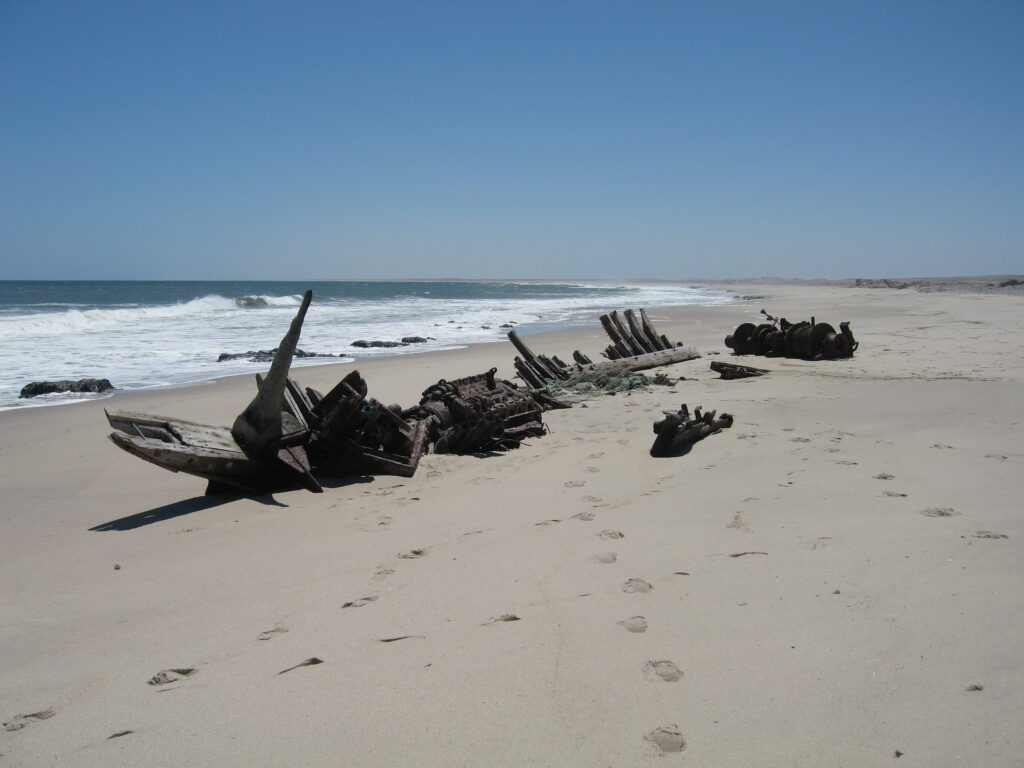
Fact 8: Namibia has the place with the highest concentration of cave paintings
Namibia is home to the Twyfelfontein rock engravings, which boast one of the highest concentrations of rock engravings and cave paintings in Africa. This UNESCO World Heritage Site features over 2,500 individual carvings, created by the San people thousands of years ago. The engravings depict various animals, including elephants, lions, and antelopes, as well as human figures and abstract symbols.
Fact 9: The largest meteorite has been found in Namibia
Namibia is notable for being home to the largest meteorite ever found, known as the Hoba meteorite. Discovered in 1920 near the town of Grootfontein, this massive iron meteorite weighs about 60 tons and measures approximately 2.7 by 2.7 by 0.9 meters (8.9 by 8.9 by 2.9 feet). The Hoba meteorite is unique not only for its size but also for its well-preserved state, and it remains in the location where it was found, serving as a popular tourist attraction and scientific site.
The Gibeon meteorite strewn field is approximately 275 square kilometers (106 square miles) in size, and it contains thousands of meteorite fragments. Many of these pieces were found in the vicinity of the town of Gibeon, where they were initially discovered by local farmers and later collected for study. The meteorites are believed to have fallen around 500,000 years ago.
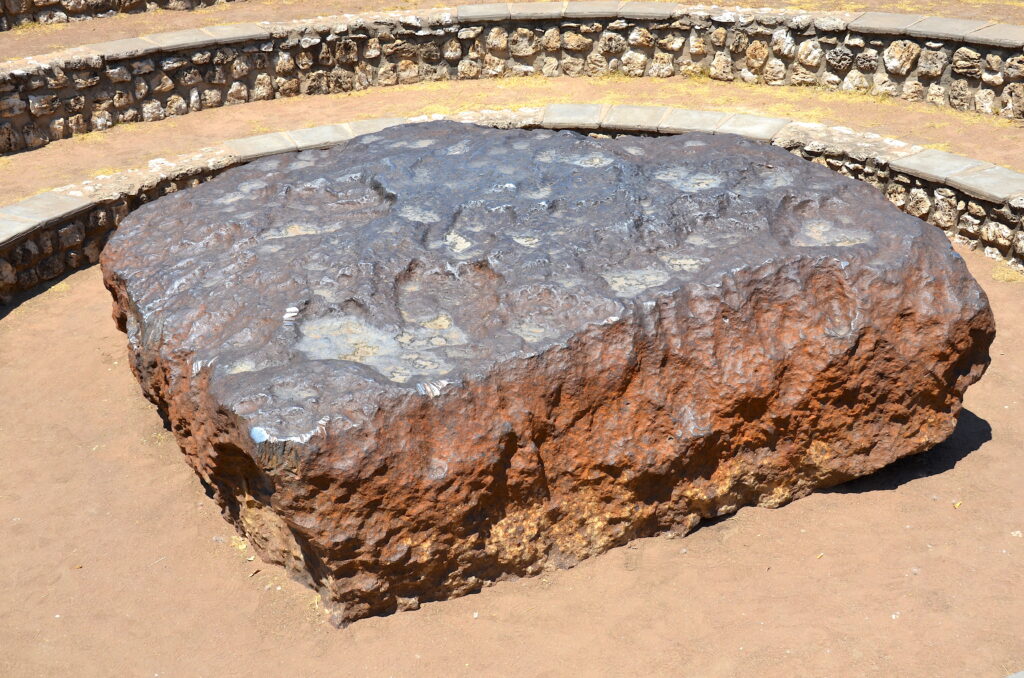
Fact 10: Namibia is home to the largest colony of harbor seals in the world
Namibia is home to the largest breeding colony of harbor seals in the world, primarily located at Cape Cross on the country’s Skeleton Coast. This remarkable colony is estimated to consist of around 100,000 seals during the peak breeding season, which occurs from November to December.
Cape Cross was established as a nature reserve in 1968, serving as a protected area for the seals to breed and raise their pups. The reserve’s rugged coastline and abundant marine resources provide an ideal habitat for these seals. Visitors to Cape Cross can observe the seals in their natural environment, witnessing the interactions between mothers and their pups as well as the lively social behavior of the colony.

Published September 22, 2024 • 7m to read

